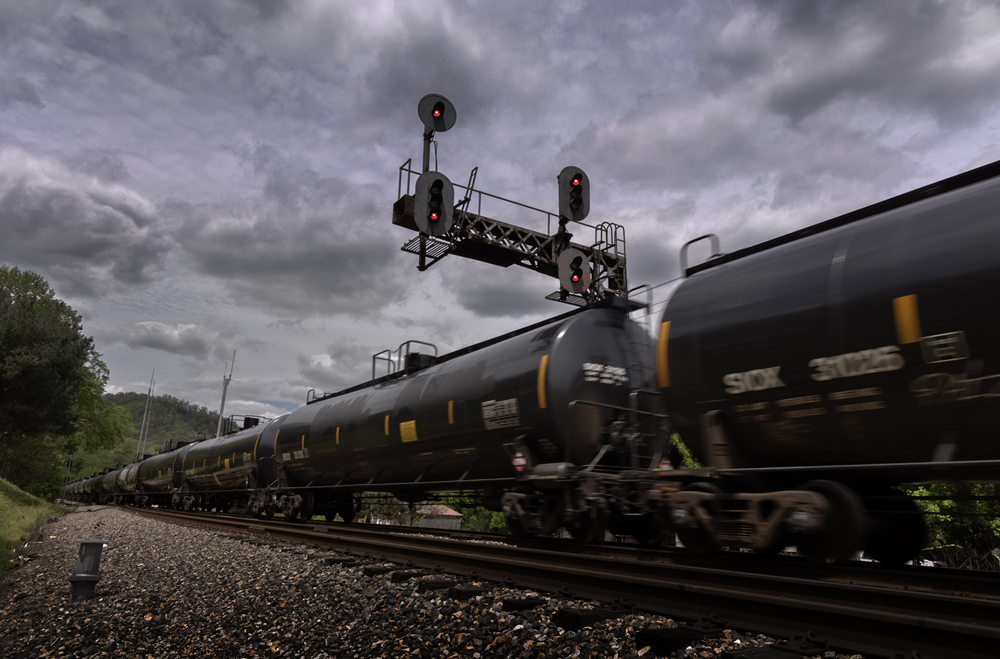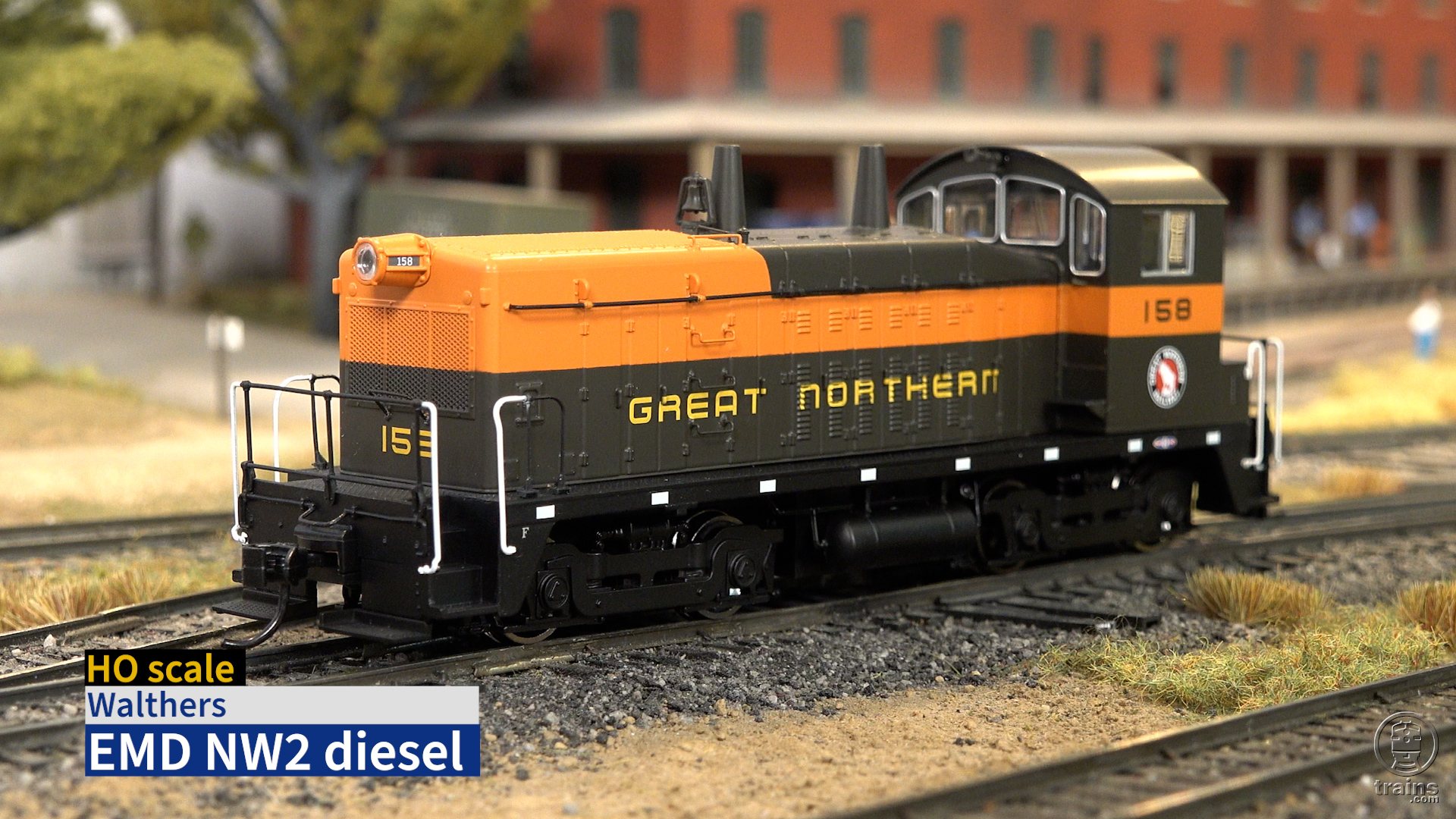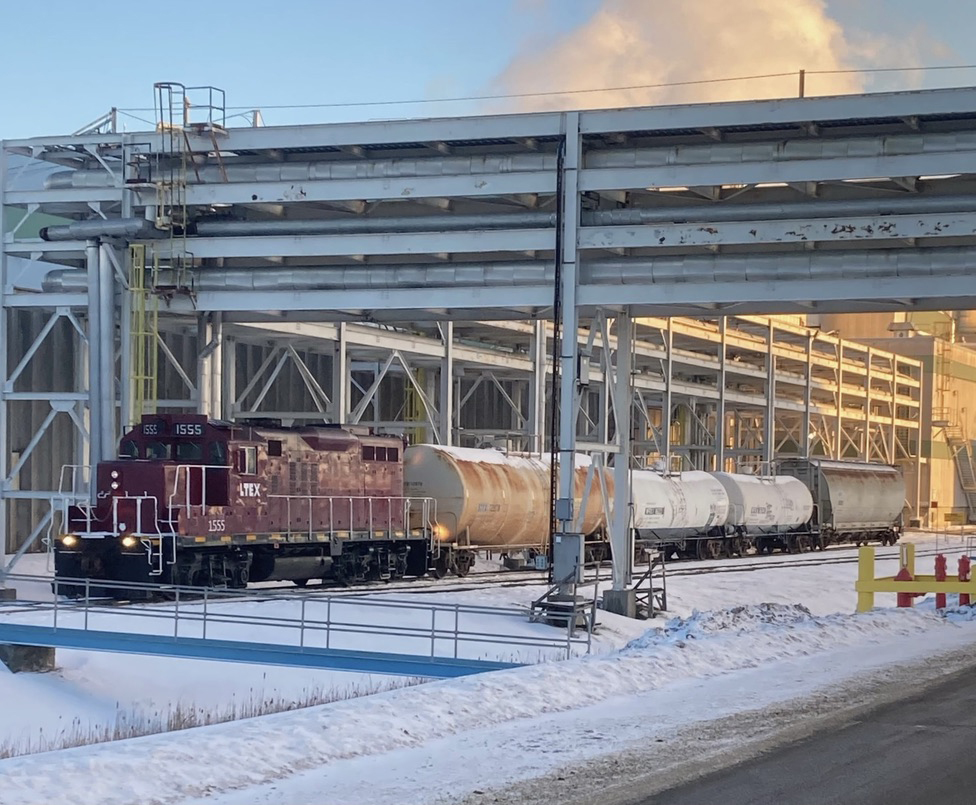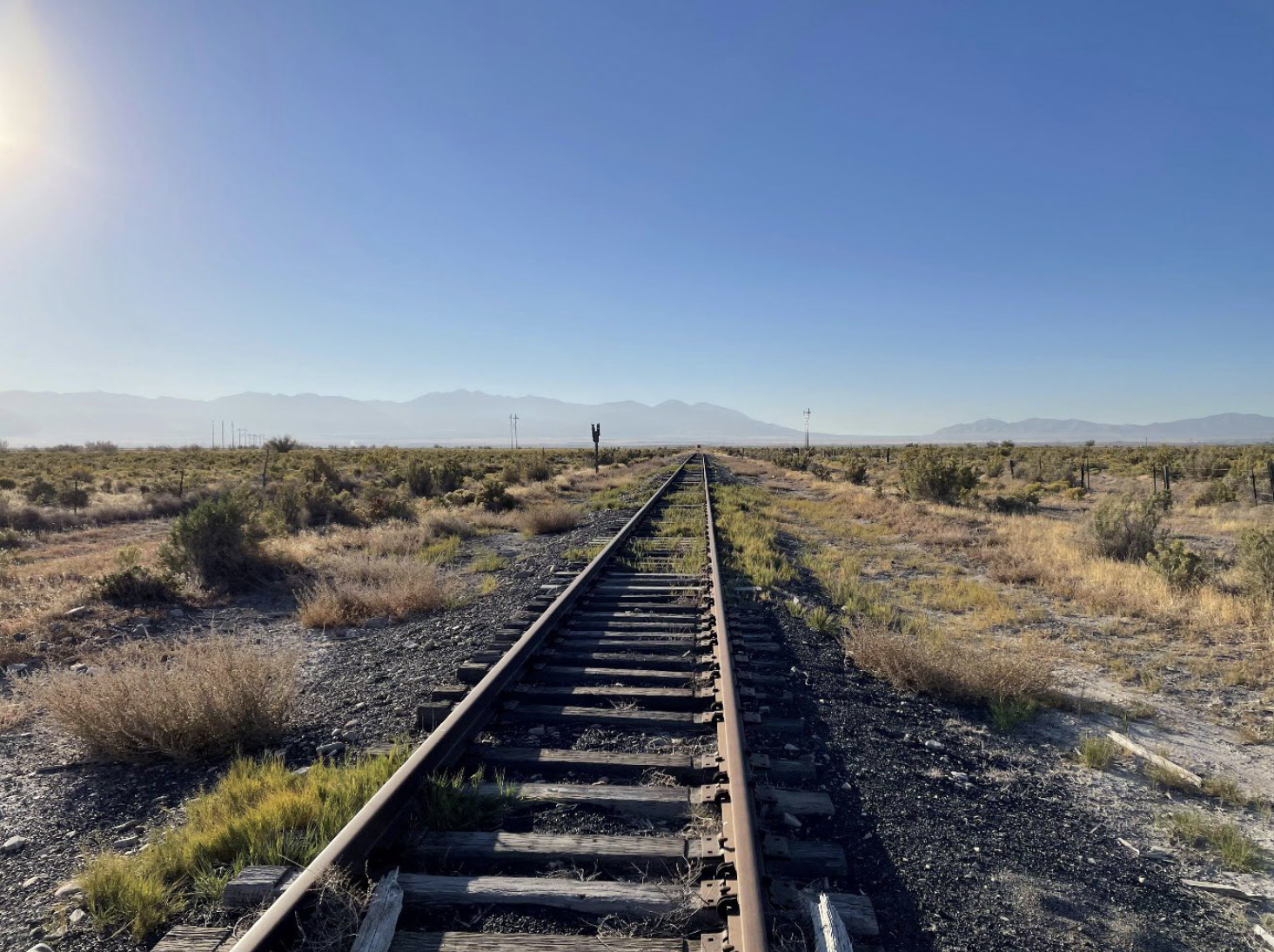
CHARLESTON, W.Va. — Traffic in petroleum products is on the rise across North America’s Class I rail networks, as five of the six Class I railroads see an uptick in petroleum product carloads compared to last year. Association of American Railroads data shows shipments of petroleum products are up 8.6% for the year, the biggest year-over-year percentage increase for carload traffic, even though petroleum volumes are one of the smaller commodity groups of the 10 categorized by the AAR.
Petroleum products rail traffic is up 10% in the U.S., 6% in Canada, and 11% in Mexico. AAR data shows major railroads have moved about 48,300 more carloads of petroleum business than last year. Combined, North American railroads reporting to the AAR have moved 612,799 carloads year to date. This includes liquefied petroleum gasses, crude oil, ethanol, asphalt, miscellaneous petroleum, and coke produced from coal.
Canadian National and Canadian Pacific Kansas City outpace their U.S. peers in total petroleum products shipments. CN’s business is up 6%, moving 185,613 carloads year to date, about 11,000 more tank cars than this time last year. CPKC has moved more than 173,000 petroleum products, more than 4,800 cars ahead of last year, a 3% rise.
BNSF Railway, the United States’ largest Class I by revenue, has moved 168,268 carloads year-to-date, 10% and 16,000 carloads ahead of 2023. Union Pacific’s petroleum franchise is up 12%, handling 145,555 carloads, or about 15,000 more carloads compared to a year ago.
The trend continues in the east where CSX’s petroleum business is up 17% for the year, tallying 77,028 carloads year-to-date, or 11,000 carloads ahead of 2023.
Norfolk Southern is the only railroad with fewer moves within this business. Its petroleum business has moved 61,782 carloads this year, down 7% or about 4,900 fewer carloads.
It’s worth noting that Class I railroads’ weekly rail traffic reports organize commodities differently than the AAR.
Demand for petrochemicals used in automotive, textile, medical, and consumer goods, as well as ethanol and asphalt are some of the key products that drive petroleum traffic on railroads.
Many petrochemical manufacturers and endmusers went through an extensive period of de-stocking last year due to oversupply and weak demand. It is believed the petrochemical industry is now recovering as manufacturers right-size inventories with today’s demand. Future GDP growth, a good benchmark to gauge demand for petroleum rail traffic, could help fuel additional business for railroads if the economy strengthens.
For example, if inflation stays at or below 2% and interest rates begin to decrease, this could provide consumers with a few extra dollars of spending money, helping increase discretionary spending or perhaps incentivizing someone to buy a new vehicle after a period of high borrowing costs. This type of economic activity could further support petrochemical growth.
Ethanol demand is also steady with the government’s Energy Information Administration forecasting that ethanol production will average 1.03 million barrels per day, slightly above last year’s daily average of 1.02 million barrels.
Erik Huschitt, the CEO and General Manager of Wisconsin’s Badger State Ethanol, says demand for ethanol has not weakened and export demand is very strong. The ethanol producer generates more than 90 million gallons annually from its Wisconsin & Southern Railroad-served dry-mill production facility in Monroe, Wis.
In addition to bullish outlooks on petrochemicals and ethanol, government-funded highway projects from President Biden’s 2021 bipartisan infrastructure deal is fueling demand for asphalt, which railroads move in tank cars from local refineries. Asphalt production on a per-barrel basis hit a floor of 7.9 million barrels per month in April 2020 during the pandemic’s onset, but has since recovered to a monthly average of 9.9 million barrels, per EIA data.
Petroleum traffic may only account for 6% of total North American rail traffic (4% in the U.S.), but considering the consumer and industrial applications for these products help provide insight into the economy’s overall health. This gives us something to think about as unit tank-car trains pass by.














Braden,
The 111 series cars do not meet the current/upcoming change to DOT-117 specifications and all need to be rebuilt to meet the new specs.
34% of tankcars handling hazmat are DOT-117J/R (R=Retrofit). 66% are DOT-111 are still in use… Which means they are not obsolete…
“This gives us something to think about as unit tank-car trains pass by.”
I think about PSR under-investment, obsolete DOT-111 tank cars, Lac Megantic and East Palestine.
How is a DOT-111 tank obsolete?